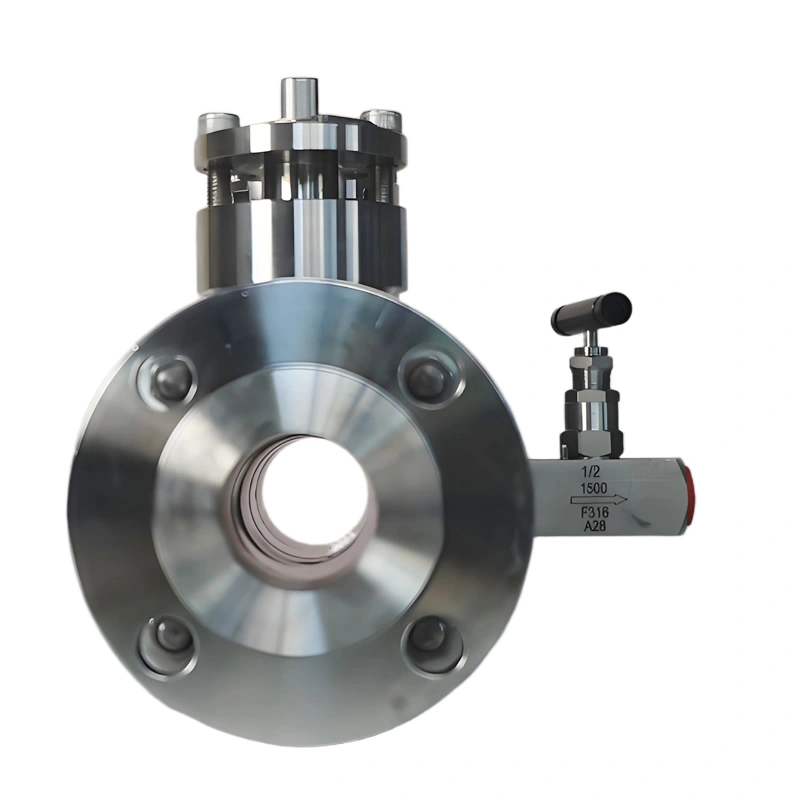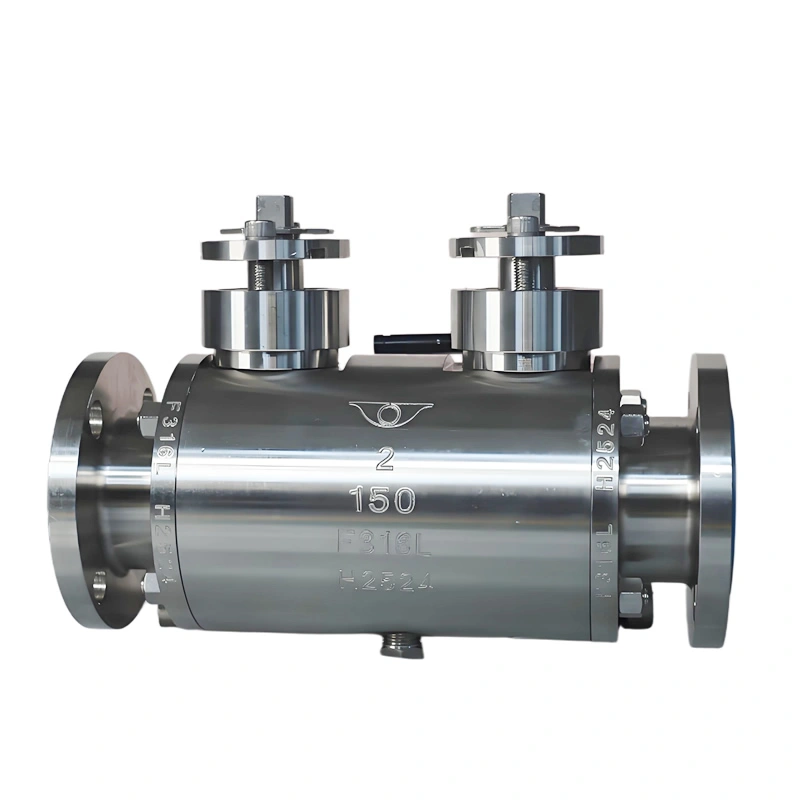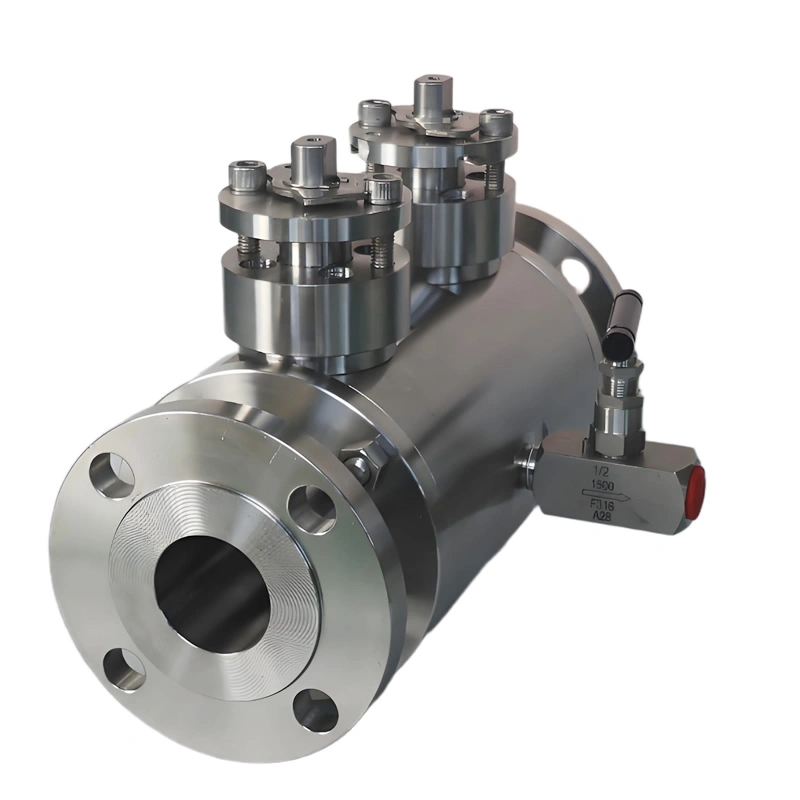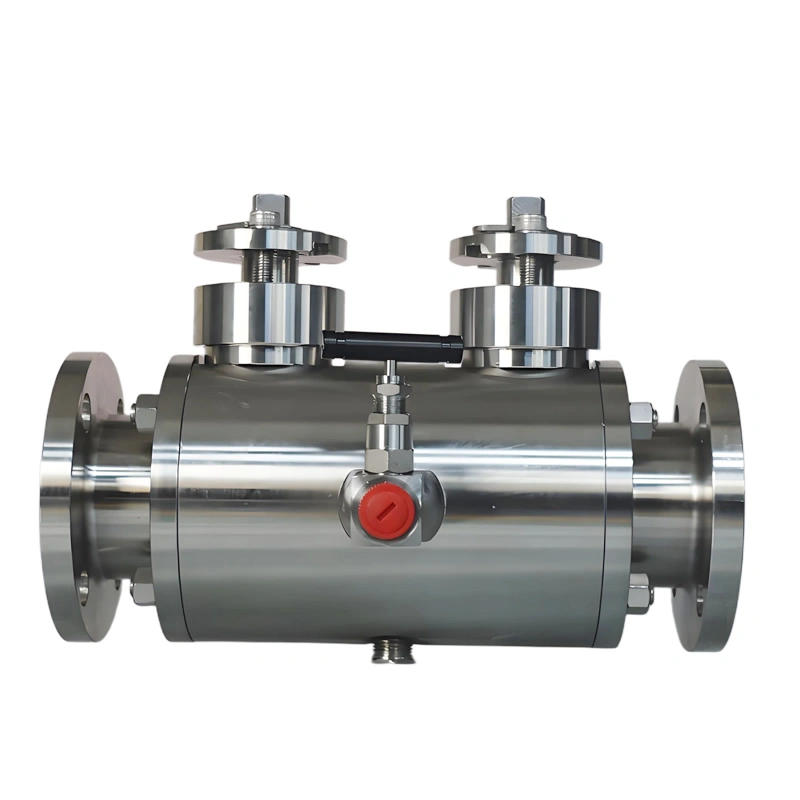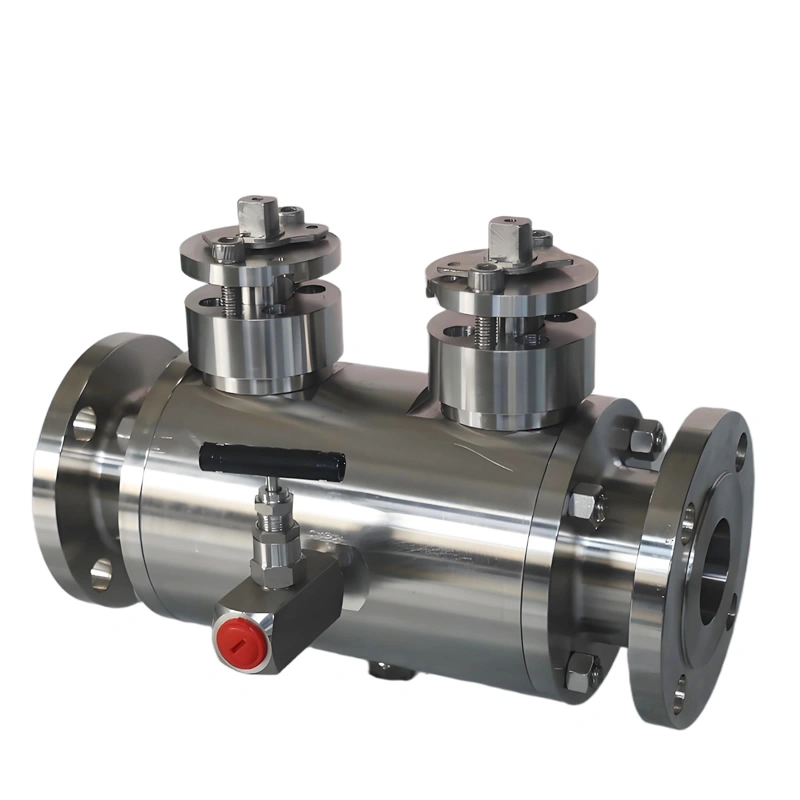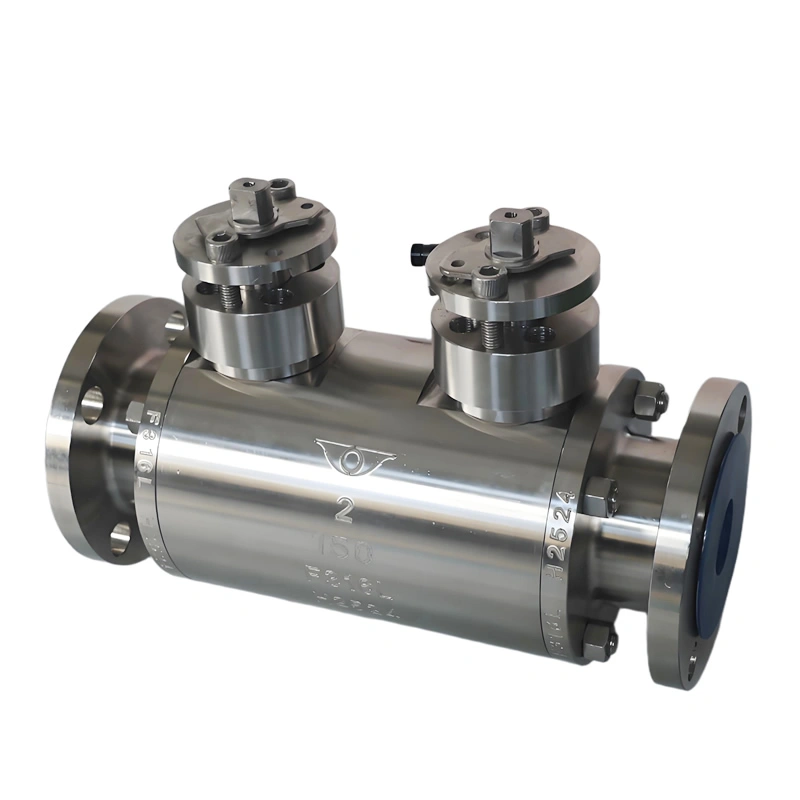- 2”
- Double Ball
- RF FLANGE
- Oil & Gas, Chemical, Marine, etc.
- Oil, Gas, Chemicals, Seawater, etc.
- SS316L
- API 6D, ASME B16.34, ISO 17292
- 150LB
- -40℃ to 150℃
Specification
Newway Double Block and Bleed Ball Valve: A Compact and Reliable Isolation Solution for Industrial Systems
1. Product Overview
The Newway (Double Block and Bleed) ball valve integrates two independent sealing units into a single(valve body), designed to achieve double isolation and medium discharge in harsh industrial environments. Engineered for 2” pipe diameters, 150LB pressure class, and RF flange connection, this valve leverages SS316L material to ensure long-term sealing reliability in corrosive media such as chemicals, petroleum, and seawater. Its core function lies in isolating upstream and downstream media while enabling leakage detection or pressure relief through the intermediate cavity, replacing traditional multi-valve assemblies and optimizing pipeline efficiency.
2. Key Attribute Parameters
|
Parameter |
Specification |
Technical Interpretation |
|
Port Size |
2” (DN50) |
Matches standard pipeline dimensions, ensuring smooth media flow. |
|
Pressure Class |
150LB (Class 150, equivalent to 2.0MPa) |
Suits medium-pressure systems like oil-gas gathering and chemical processing. |
|
Connection Type |
RF Flange (ASME B16.5) |
Flat-faced flange for universal compatibility with industrial pipelines. |
|
Body Material |
SS316L Stainless Steel |
Contains 2-3% molybdenum, resisting pitting corrosion in chloride-containing media (e.g., seawater, acids). |
|
Operating Temperature |
-40℃ to 150℃ |
Adapts to ambient and low-temperature industrial environments. |
|
Sealing Configuration |
Soft (PTFE) or Metal Hard Seal |
PTFE for general service; metal seal (Stellite alloy) for high-temperature/high-pressure scenarios. |
|
Design Standards |
API 6D, ASME B16.34, ISO 17292 |
Complies with global industry norms for performance and safety. |
Product Overview
3. Structural Features
3.1 Double Block & Bleed Mechanism
The valve houses two independent ball seals. When both balls are closed:
Dual Isolation: Forms physical barriers on both upstream and downstream sides, preventing media migration.
Bleed Function: The intermediate cavity (between the two balls) features a discharge port (typically a needle valve interface), allowing operators to:
Test seal integrity (detect leakage from upstream/downstream).
Safely release trapped pressure or media during maintenance.
3.2 Compact Integration
Replacing traditional setups (e.g., two ball valves + one discharge valve), the DBB design:
Reduces pipeline connections by 60%, cutting potential leakage points from 5+ to 2 (flange joints).
Shrinks installation space by 40%, ideal for skid-mounted systems (e.g., offshore platforms, modular plants).
3.3 Material & Safety Advantages
SS316L Corrosion Resistance: Outperforms 304 stainless steel in chloride environments (e.g., marine applications), extending service life by 2–3 times.
Stem Blowout Prevention: The stem is mechanically locked to the valve body, preventing accidental ejection under pressure—a critical safety feature for high-risk systems.
4. Manufacturing Processes
4.1 Forging & Heat Treatment
Integral Forging: The valve body is forged as a single piece from SS316L billets, with a forging ratio ≥3 to refine grain structure and enhance tensile strength (≥520MPa, 20% higher than castings).
Solution Annealing: Heat-treated at 1050–1100℃ to eliminate internal stresses and restore corrosion resistance (especially for welded areas).
4.2 Precision Machining
Ball & Seat Machining: CNC lathes and grinders ensure spherical accuracy (roundness ≤0.01mm) and seat surface roughness (Ra ≤0.8μm), critical for bubble-tight sealing.
Flange Finishing: RF flange sealing surfaces are milled to strict flatness (≤0.05mm) to match pipeline gaskets (e.g., spiral wound, metal sheet).
4.3 Sealing & Testing
Seal Assembly: PTFE seats are precision-molded and spring-loaded to compensate for thermal expansion; metal seals use Stellite 6 surfacing for abrasion resistance.
Non-Destructive Testing (NDT): 100% ultrasonic testing (UT) for forging defects and penetrant testing (PT) for surface cracks.
Pressure Testing:
Shell Test: 1.5× working pressure (3.0MPa) for 30 minutes, no leakage allowed.
Seal Test: 1.1× working pressure (2.2MPa) on both upstream/downstream, and intermediate cavity, verifying dual sealing performance.

